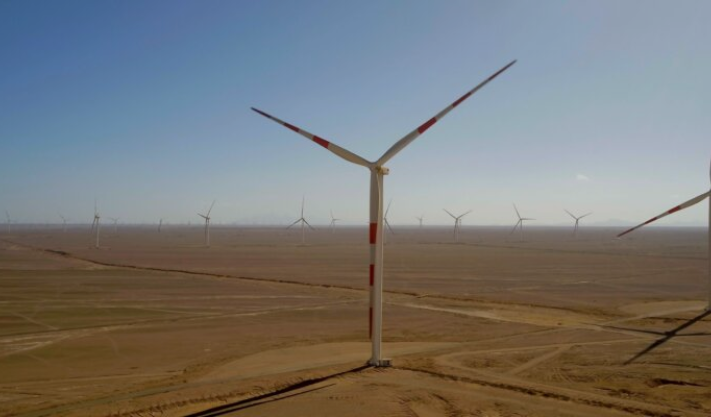
Oil prices jump over 2% as OPEC+ plans output cuts; Israel-Hezbollah tensions boost prices further
Oil prices rose by over 2% on Tuesday as OPEC+ prepared for a meeting likely to confirm continued production cuts. Tensions from violations in the Israel-Hezbollah ceasefire in Lebanon also pushed prices higher.
Oil Prices Update
Brent crude oil prices went up by 2.3% to $73.5 per barrel, and US West Texas Intermediate (WTI) rose 2.5% to $69.8 per barrel.
Last week, oil prices fell by more than 3% because the ceasefire in the Israel-Hezbollah conflict reduced concerns about supply risks.
OPEC+ (a group of oil-producing countries) is expected to continue cutting oil production until the end of March 2025, according to sources. They will likely confirm this at their meeting on Thursday.
Giovanni Staunovo, a commodity expert from UBS, said two key reasons for the rise in oil prices are concerns about the ceasefire in Lebanon and expectations that OPEC+ will extend production cuts.
Staunovo also noted other factors boosting prices: Brazil’s crude production has not grown as expected, and maintenance at Kazakhstan’s Tengiz oil field continues to limit supply.
OPEC+, which produces nearly half the world’s oil, faces challenges in setting production plans for 2025, especially with concerns about weak demand from China and rising production from non-OPEC countries.
Ceasefire tensions
Israel warned on Tuesday that it might go back to war in Lebanon if the ceasefire with Hezbollah breaks down. Israel said it would now target the Lebanese government, not just Hezbollah, because of the deadliest day since the ceasefire was agreed last week.
This is Israel’s strongest threat since the ceasefire was put in place to end 14 months of fighting with Hezbollah. Israel said Lebanon would be held responsible for not disarming militants who break the ceasefire.
On Monday, Hezbollah attacked an Israeli military post, and Lebanese officials reported that at least 12 people were killed in Israeli airstrikes on Lebanon.
Supply Surplus
Global commodity prices are expected to fall to their lowest level in five years in 2025, due to a large oil surplus. This surplus will be big enough to reduce the impact of a possible wider conflict in the Middle East on prices, according to the World Bank in October. However, overall commodity prices will still be 30% higher than they were in the five years before the pandemic.
Global oil supply is predicted to be 1.2 million barrels per day higher than demand in 2025. This surplus has only happened twice before: during the pandemic shutdowns in 2020 and during the 1998 oil price crash.
The surplus is partly due to changes in China, where oil demand has remained flat since 2023, as industrial production slows down and sales of electric vehicles and trucks that use liquefied natural gas (LNG) rise.
Additionally, countries outside of OPEC+, such as the US, are expected to increase their oil production.
Published: 4th December 2024
Also Read:
Your Guide to a Great Holiday on UAE National Day
Qatar’s economy is improving, with a 2% GDP growth forecast.
Saudi Aramco buys 10% stake in Renault-Geely venture


















